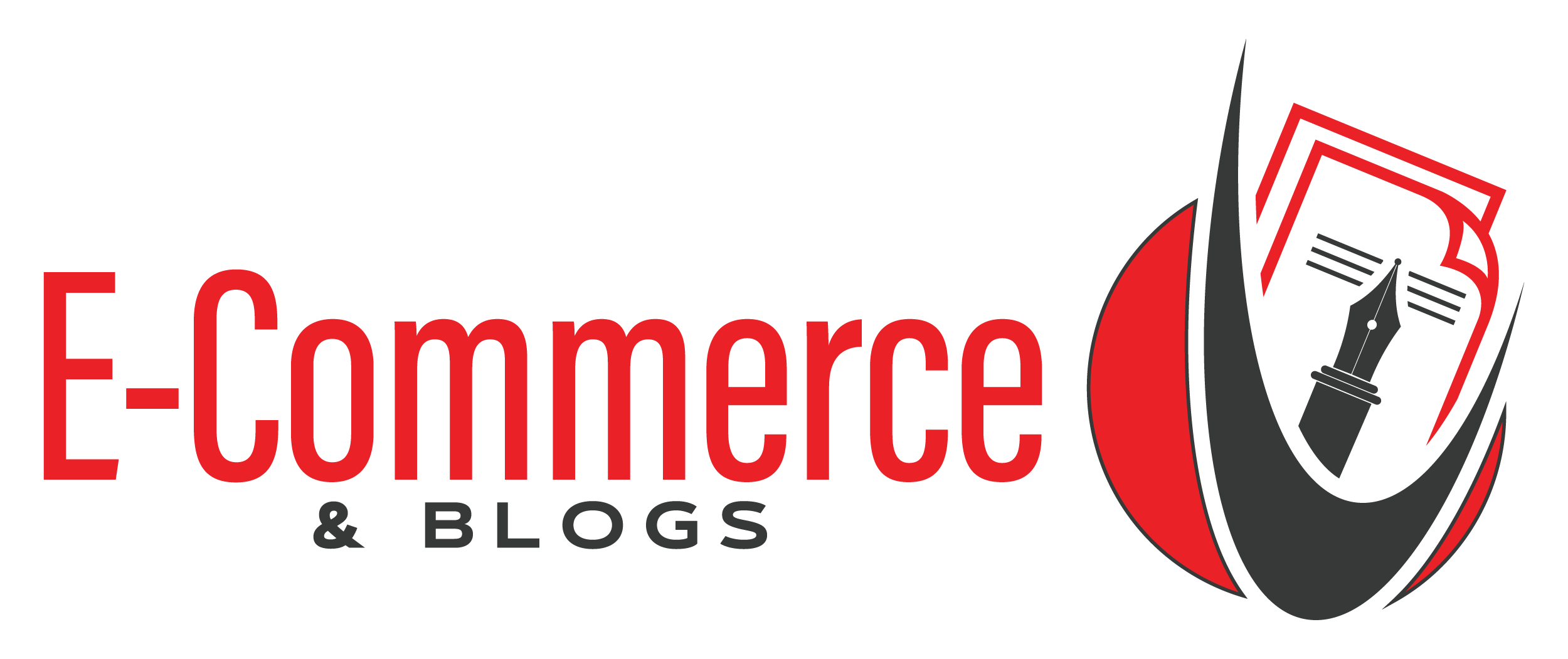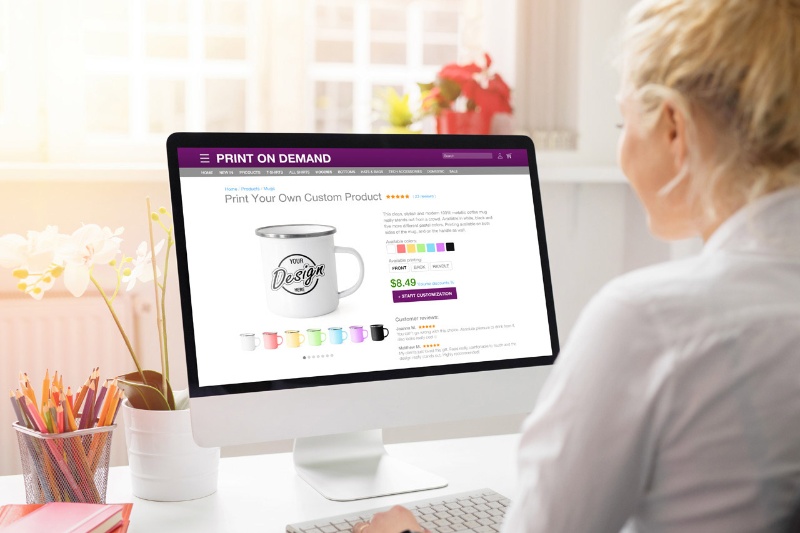When starting an e-commerce business, one key decision you’ll face is whether to use print-on-demand (POD) services or manage your own inventory. Both options have their benefits and drawbacks, depending on your goals, resources, and business model. Let’s dive into each to help you make the best decision for your business.
Print-on-Demand: A Low-Risk Approach
Print-on-demand allows you to sell products like apparel, home decor, or accessories, which are printed as orders come in. You don’t have to purchase inventory upfront or worry about storage. Instead, you design products and list them in your store. When a customer makes a purchase, the product is printed and shipped by the POD provider.
Advantages:
- Low startup cost: No need for bulk inventory purchases, making it an excellent option for beginners or businesses with limited budgets.
- Flexibility: You can easily add or remove designs without the risk of overstock.
- No inventory management: Everything is handled by the POD provider, from printing to shipping.
Disadvantages:
- Lower profit margins: Since you’re outsourcing production, the cost per item is higher, reducing your overall profits.
- Less control over quality and shipping times: You rely on the POD provider to ensure quality and timely delivery, which can sometimes result in longer shipping times or inconsistent product quality.
Inventory Management: Maximizing Profit and Control
On the other hand, managing your own inventory means buying products in bulk and storing them until they sell. This model is ideal for businesses with established products and a clear customer demand.
Advantages:
- Higher profit margins: Buying in bulk lowers the cost per unit, allowing you to price competitively and earn more per sale.
- Control over branding and quality: You have full control over product quality, packaging, and shipping times.
- Faster shipping: Since you’re handling your own stock, you can provide quicker delivery, improving customer satisfaction.
Disadvantages:
- Upfront costs: Purchasing bulk inventory requires significant investment and space for storage.
- Risk of unsold stock: If products don’t sell, you’re stuck with excess inventory, which ties up capital.
- Time and effort: Managing inventory, shipping, and returns requires time, resources, and a streamlined fulfillment system.
Which Model is Right for You?
If you’re just starting out or testing new designs, POD is likely the best option. It’s a low-risk model that lets you experiment with little financial investment. However, if you have an established customer base and want higher profit margins with more control over your brand, managing your own inventory could be the better choice.
For many businesses, a hybrid model—using POD for new designs and maintaining inventory for best-sellers—provides the flexibility to scale efficiently while managing risks.
Ultimately, the decision depends on your business’s goals, resources, and customer demand. By weighing the pros and cons, you can make the right choice to ensure success for your e-commerce venture.




